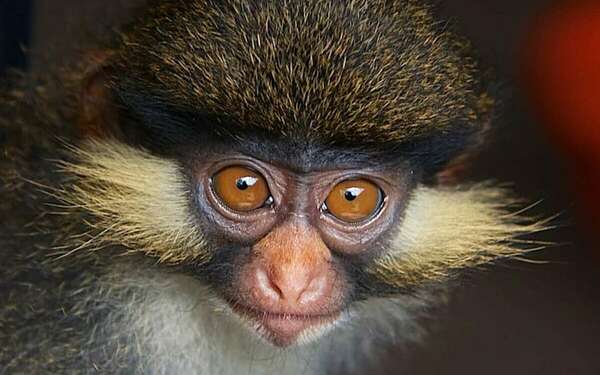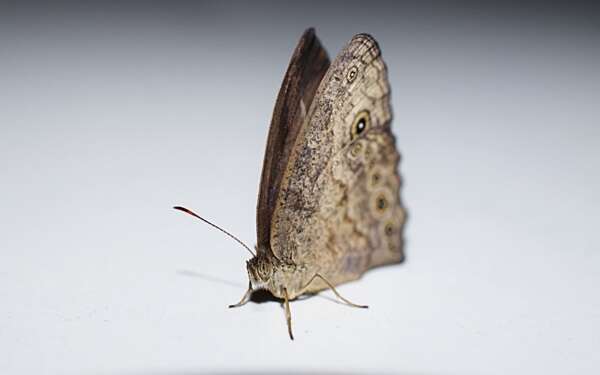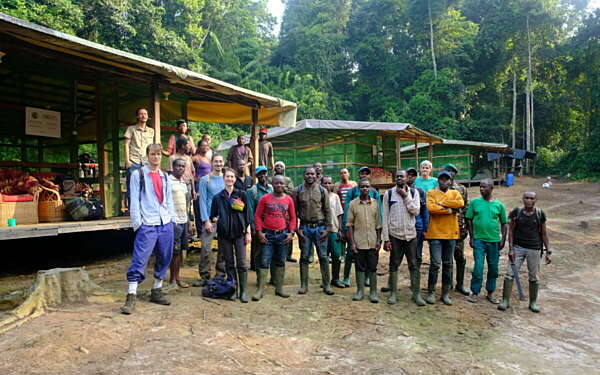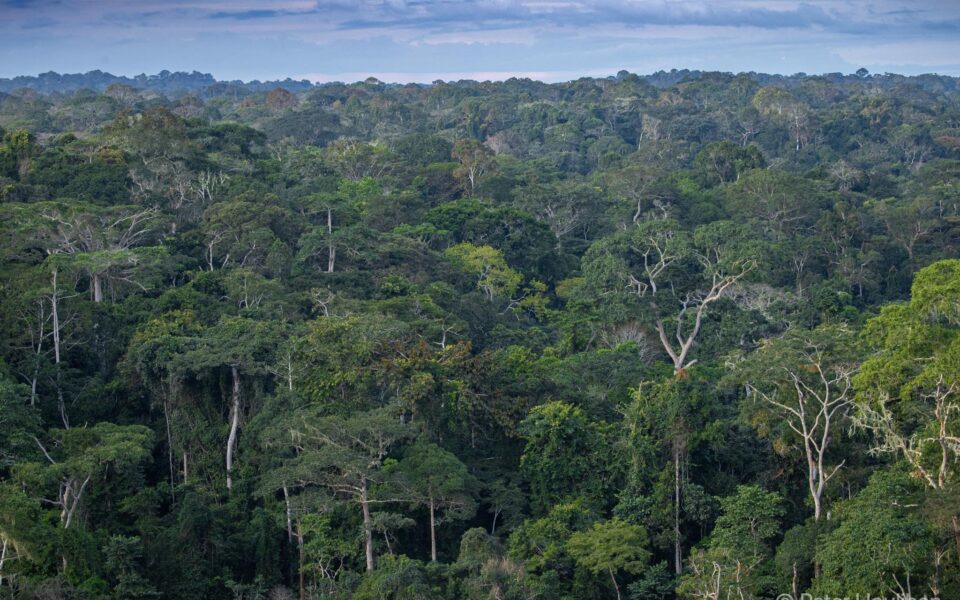
Preserving Biodiversity under Climate Change
Status:
The Central African Biodiversity Alliance (CAB-Alliance) is an international partnership that seeks to develop an integrated framework for conserving Central African biodiversity under climate change that is both evolutionary-informed and grounded in the socioeconomic constraints of the region. CAB-Alliance unites students and researchers from universities, NGOs and governmental organizations in the U.S., Europe, and Africa in an innovative research, education, and outreach program that seeks to identify meaningful conservation measures to mitigate the effects of habitat loss and climate change.
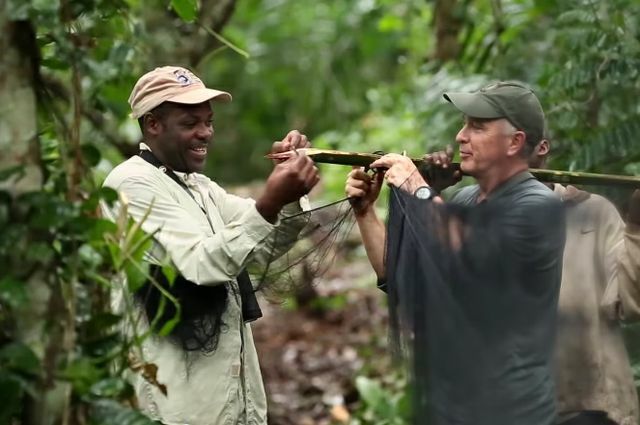
Conservation Prioritization in the Congo Basin: Planning for 2080
Protecting genetic variation is key to preserving biodiversity under climate change.
The rainforests of Africa’s Congo Basin are one of the most important centers of biological diversity, harboring one out of every five of the planet’s species. These forests are also critical for buffering the effects of global climate change. Recent estimates suggest that the Congo Basin harbors more carbon than all the tropical forests of the Amazon and Asia combined. Moreover, the Congo Basin’s peatland complex alone has carbon stocks of 30 billion tons. While numerous efforts have been made to prioritize regions for conservation, habitat conversion and deforestation continue at alarming rates, disrupting animal and plant populations, and severely limiting their capacity to respond to move and/or adapt to climate change.
Under future climate change, species will either need to move to more suitable areas, or respond in situ, through phenotypic plasticity and/or other evolutionary adaptive mechanisms to avoid extinction. For populations to adapt, there must be sufficient standing genetic variation in relevant fitness-related traits for selection to act. Fully mitigating the threat of extinction posed by climate change requires some level of understanding of the evolutionary processes at work. Preserving ecological gradients, where natural variation is maximized, decreases risk to biodiversity caused by climate change, ensuring that some populations adapted to future climate are more likely to survive. With 40% of African plant and animal species at risk of extinction if the average rise in global temperatures exceeds 3°C, greater emphasis should focus on protecting regions where adaptive genetic variation is highest. Put simply, it may not be possible to fully predict how a given environment will change under future climate, but if adaptive variation can be maximized, it will be more likely that at least some individuals of a population will survive.
Current conservation efforts typically ignore the processes that species need to be resilient to climate change
Conservation planning should conserve the genetic variation that will allow species to adapt to climate change. However, evolutionary considerations are seldom fully considered in conservation planning. For example, research has shown that heterogeneous landscapes such as the vast ecotone that traverses the Congolese forest and adjacent savanna harbor important adaptive variation. Historically, considerably greater emphasis has been focused on conservation prioritization schemes or patterns of species distributions such as species richness and levels of endemism.
While the evolutionary processes that maintain and generate biodiversity have long been recognized as important, there have been fewer efforts to incorporate such information into conservation planning. Such gaps are understandable as collecting detailed information on evolutionary processes is more challenging than tabulating numbers of species and determining which ones are common, rare, and/or endemic. While these metrics are also fundamentally important for making sound conservation decisions, employing evolutionary knowledge such as information on adaptive genomic variation has considerable potential for informing which populations should be preserved under rapid environmental change, and offers a critical buffer against population declines.
Of course, the threats posed by future climate change are only one factor on a planet where two thirds of the terrestrial land area are devoted to anthropogenic demands such as agriculture, infrastructure, and urbanization. When considering opportunities for conservation efforts, it is also critical to integrate, where feasible, all possible anthropogenic threats. This is particularly important in the context of Africa’s Congo Basin, which is under intense development for its natural resources.
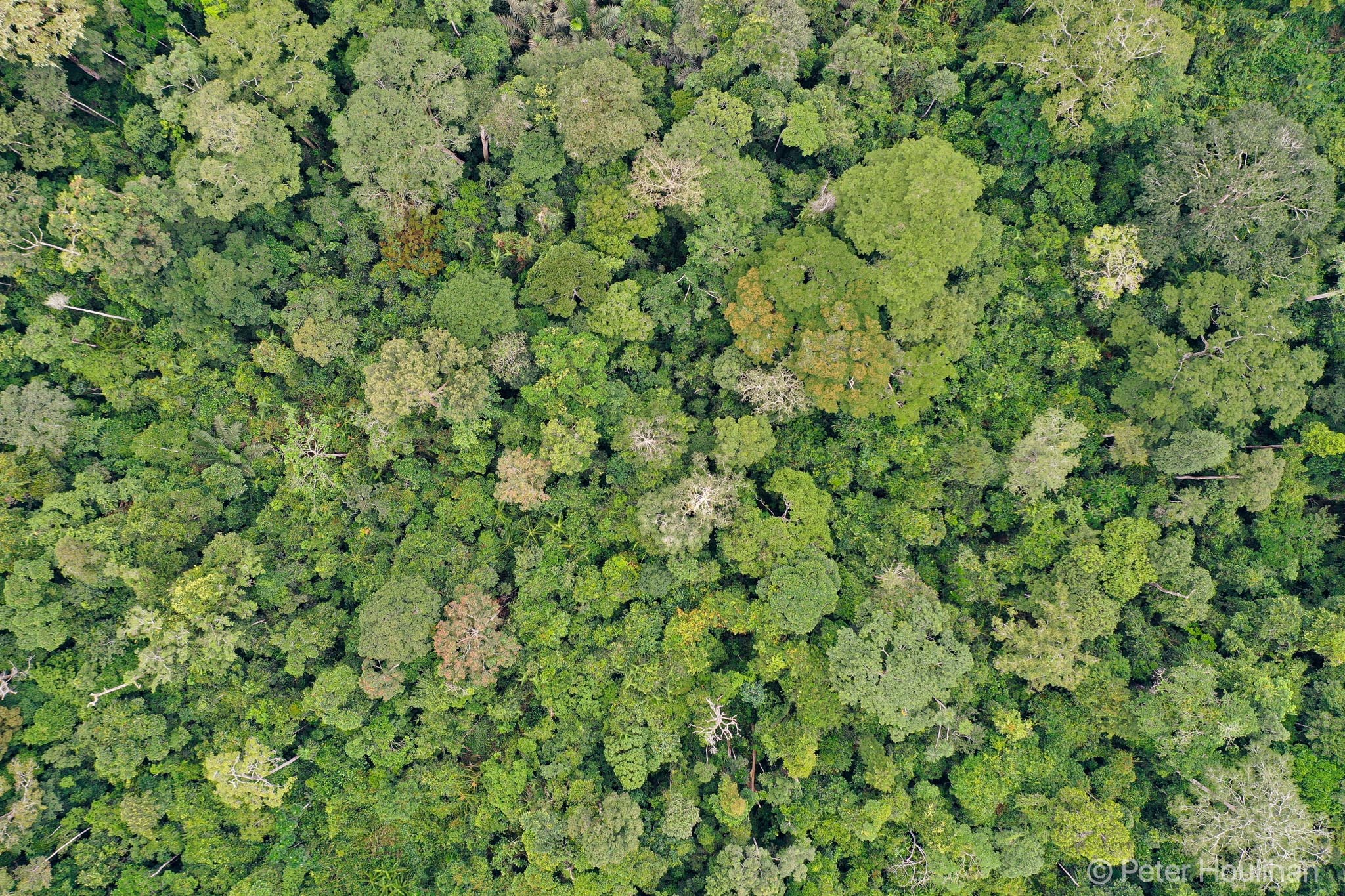
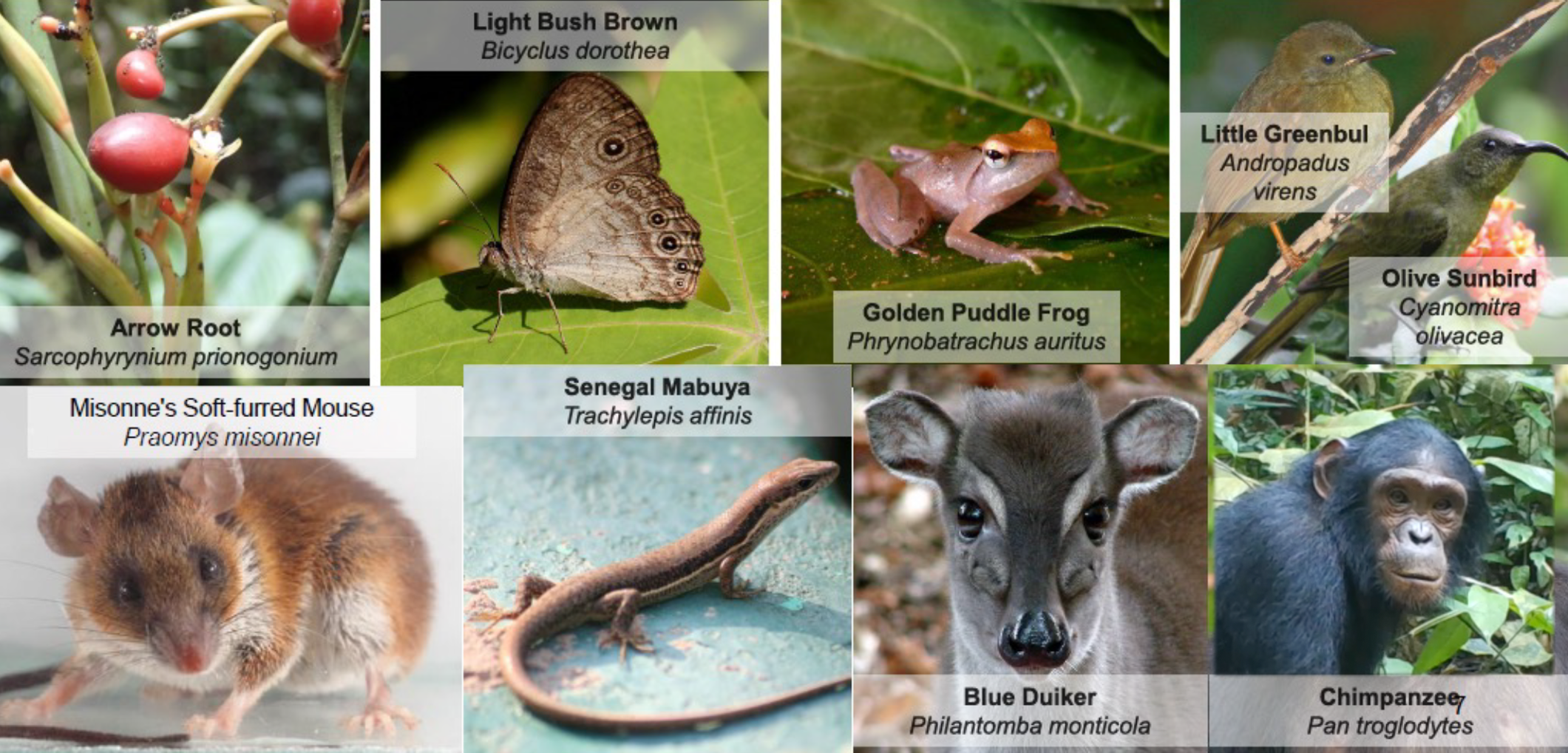
In 2012, with $5M in funding from the NSF, a group of 40 collaborating scientists from 25 international and African universities and research institutions began a five-year project with the goal to develop an integrated framework for conserving Central African biodiversity under climate change.
Focusing on Cameroon and Gabon, the four specific objectives were to:
- Map environmentally-associated genomic and phenotypic variation in a broad range of species to identify areas of high turnover where species capacity to adapt was greatest and assess how these areas of elevated turnover overlap with hotspots of species richness and protected areas.
- Evaluate how evolutionary adaptation, phenotypic plasticity, and landscape connectivity might mediate future threats.
- Develop an integrated prioritization scheme that ranks candidate areas for protection on their evolutionary potential, connectivity, estimated socioeconomic costs, and degree of threat.
- Promote education, training, and capacity building in countries relevant to this project.
Previous Results - Cameroon and Gabon
Integrating across seven taxa, including birds, mammals, insects, amphibians, and plants, the main finding from this project showed: (1) the highest intraspecific genomic turnover in Cameroon traverses the forest-savanna ecotone and elevational gradients along the Cameroon Volcanic Line (Fig. 1 A); (2) the highest species richness was found in South Central Cameroon and highest levels of endemism in the Cameroon mountains; and (3) highest genomic vulnerability, a measure of how much populations need to evolve to maintain genotype-environment relationships under future climate warming, were found in the Sanaga river basin. These results are based on a 2080 scenario using IPCC RCP 4.5 and is shown in Fig. 1 B and C for two taxa, the little greenbul (Andropadus virens) and chimpanzee (Pan troglodytes).
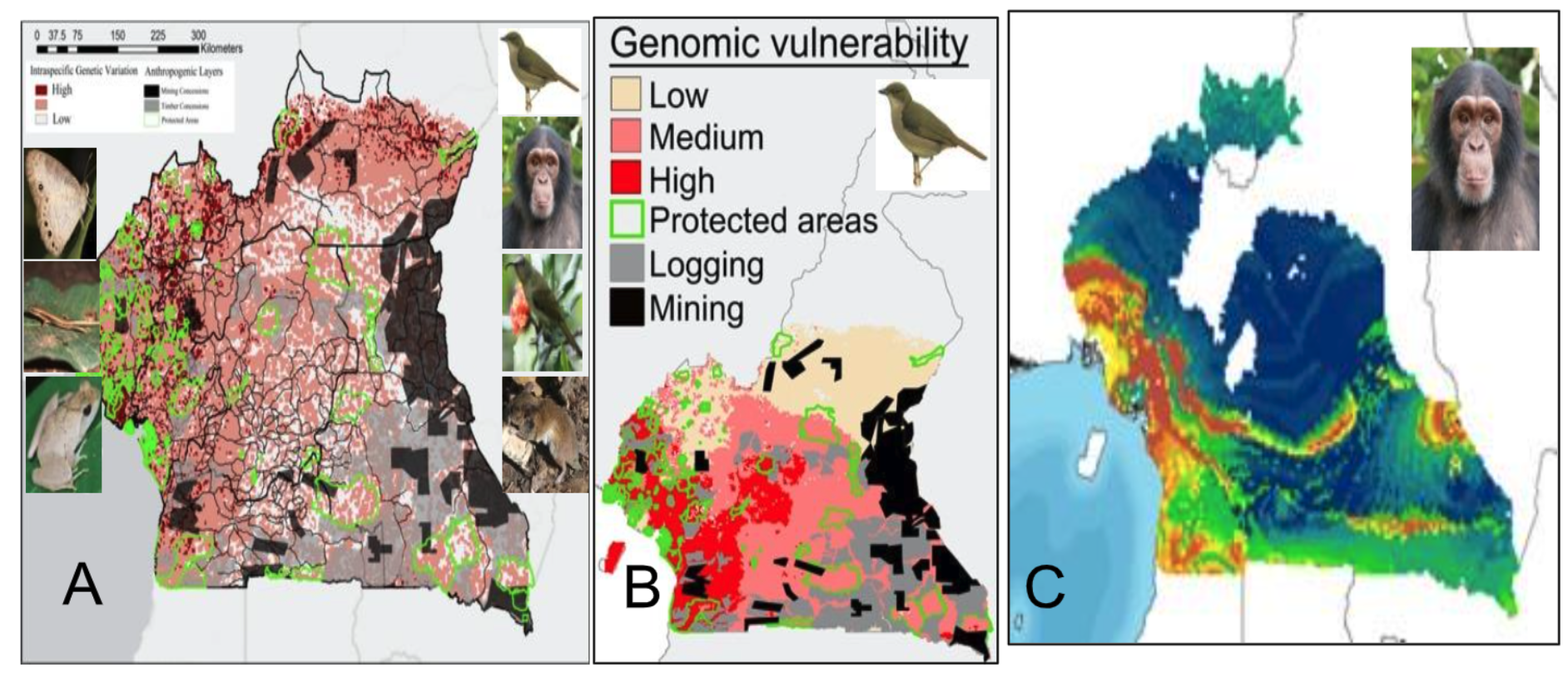
Spatial patterns of genomic vulnerability for the Central African rodent Praomys misonnei using the 2080 RCP 8.5 climate projection were also reported for Gabon. In Gabon, genomic vulnerability was generally low except along coastal areas to the south, highlighting the potential vulnerability of this region to future climate change for this species. Composite maps for all taxa are in development.
To inform decision makers, we held two policy workshops: one in Cameroon in 2018 and one in Gabon in 2019 to inform decision makers of our findings. Each of the policy workshops in both countries convened scientists, stakeholders, and decision-makers to review information gathered from the project and draft implementation plans into informed conservation policy for Central Africa.
In Cameroon, we sought to integrate the data collected on intraspecific genomic variation in our target taxa with a variety of socio-economic layers, including previously allocated concessions of timber, mining, and protected areas, and to help to understand how each of these should contribute to the conservation of the Congo Basin under climate change. Recommended conservation actions for Cameroon, included: (i) increasing connectivity across protected areas north to south, montane gradients, and in the far south east to west along the southern border, (ii) increasing conservation efforts in the ecotone, where genomic vulnerability is low, and (iii), in the case of threatened species, such as chimpanzees, identifying and protecting micro-refugia in regions where populations are unlikely to move northward.
With respect to Gabon, the main recommendations were to (i) connect existing protected areas with one another in order to conserve the ecological gradients that exist between them since these areas might be important drivers of evolutionary diversification; (ii) recognize “unseen” ecological gradients such as the seasonal inversion across the equator and the coastal-inland rainfall gradient that could also be playing an important role in species diversification; (iii) prioritize areas for conservation that are not under significant human impact.
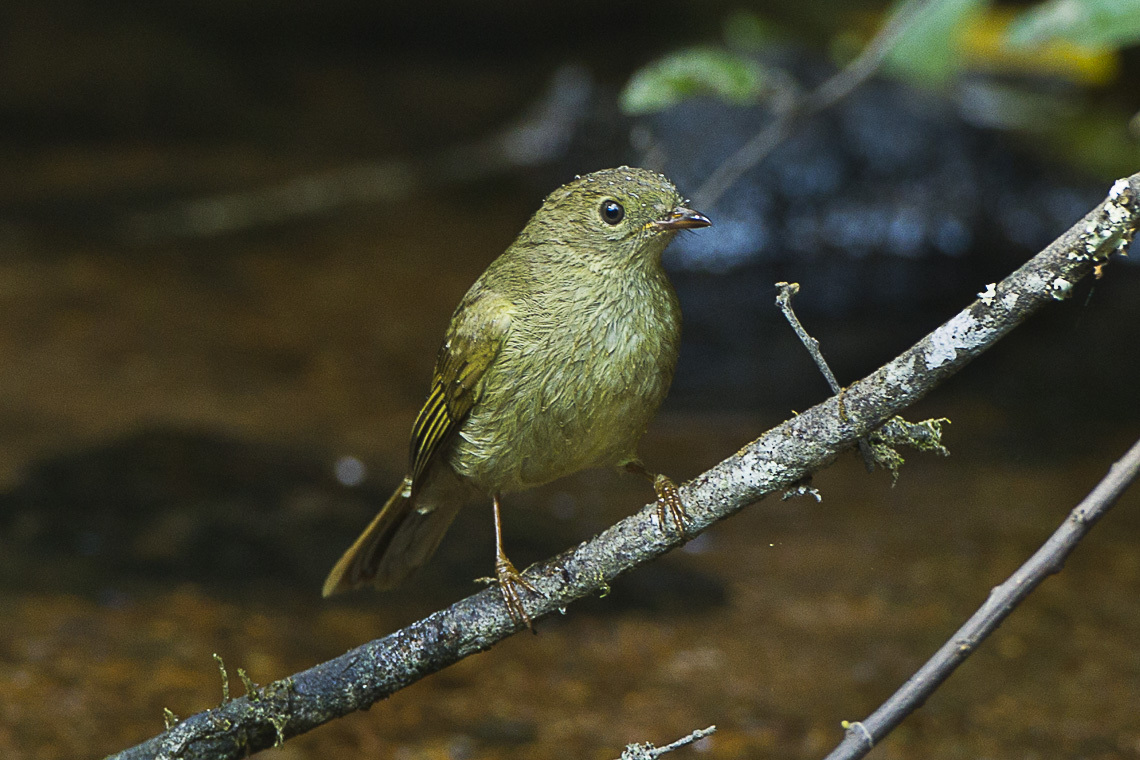
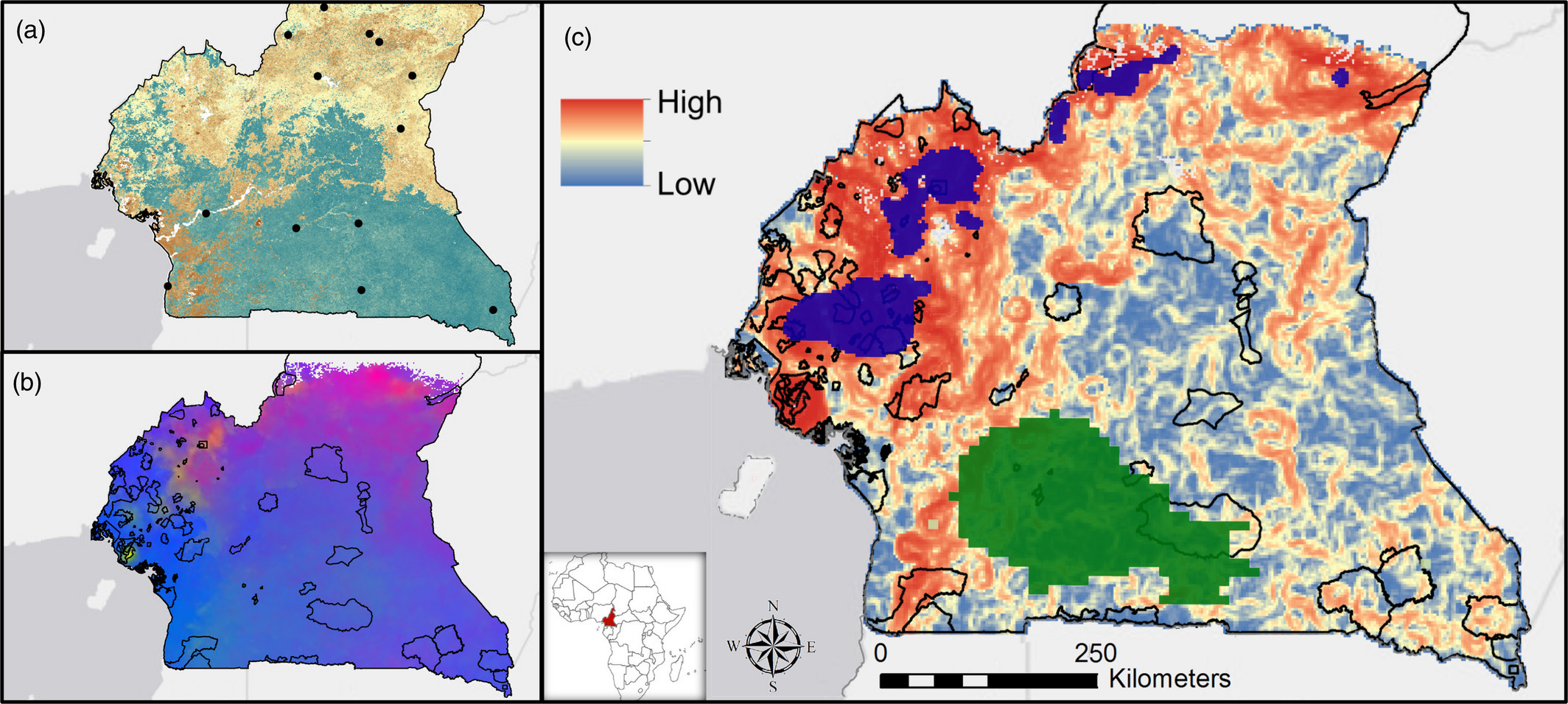
Figure 2: Genomic variation and turnover of the little greenbul across its range (a) with sample locations in Cameroon indicated and forest cover represented as background. Variation in the genome of a species can be visualized by color (b), where greater differences in colors represent greater adaptive genomic variation between populations across environments ((a) and (b) modified from Zhen et al., 2017). These differences are further quantified and represented in (c), with higher (red) or lower (blue) adaptive turnover across regions. High turnover areas vary in their correspondence to species richness (green polygons) or endemism (blue polygons) (see text for details). Current protected areas are represented by black-outlined polygons in (b) and (c)
Selected Publications
Please view the Preserving Biodiversity under Climate Change Selected Publications PDF.
